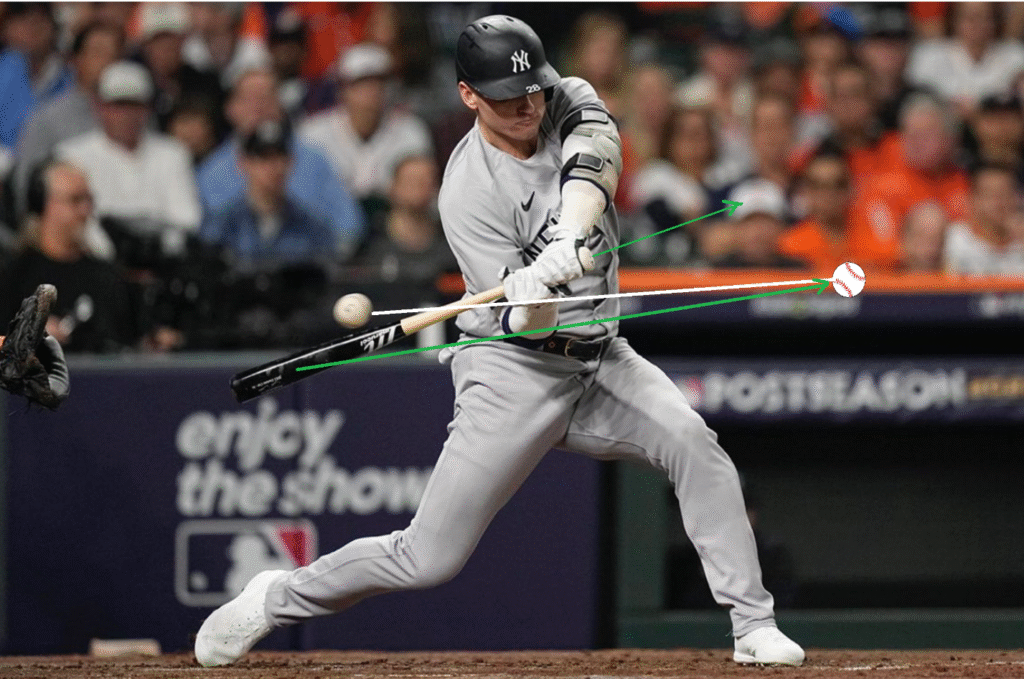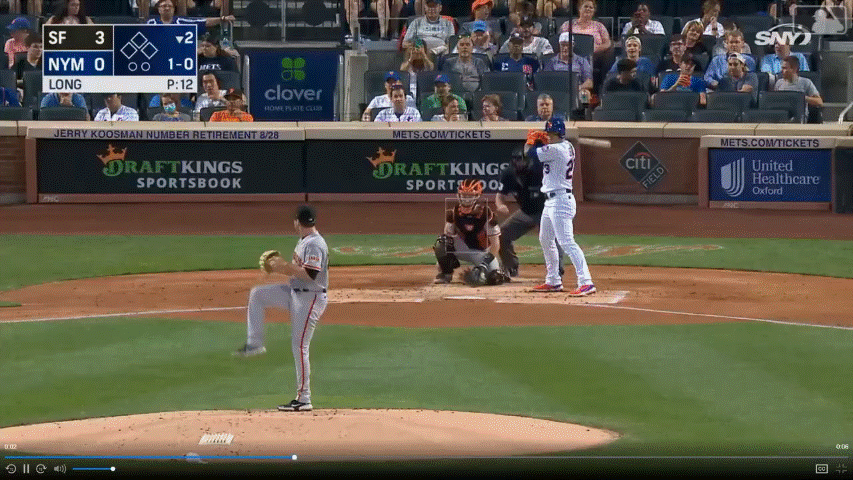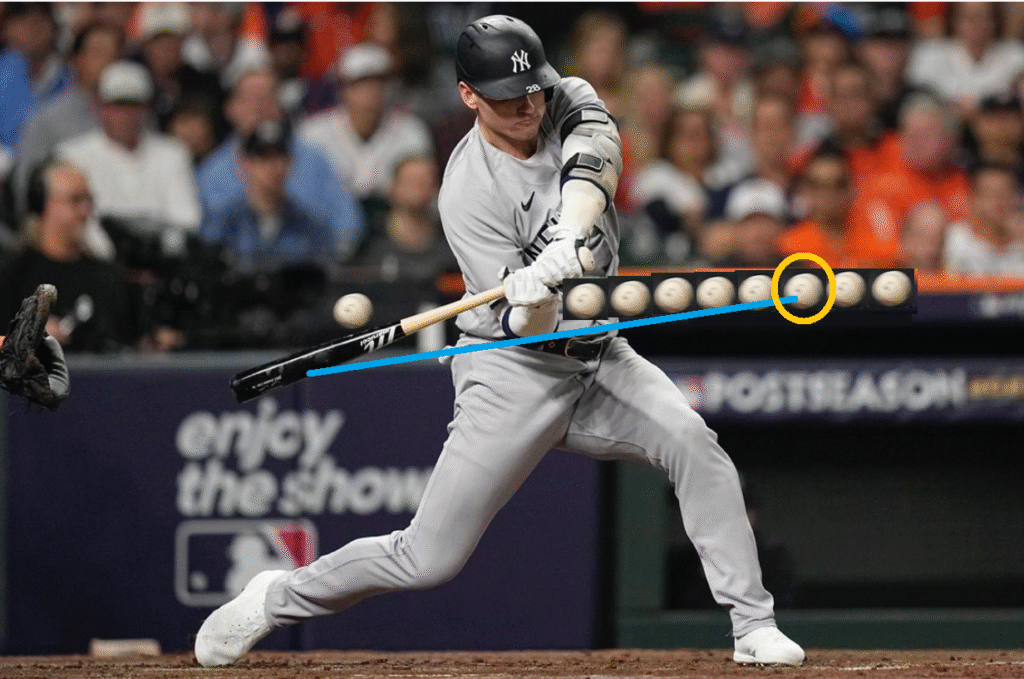
Swing Decisions versus Automatic Responses
By Ken Cherryhomes ©2025
Modern baseball, which prides itself on being data-driven, continues to rely on unsupported, assumption-based methods for the most critical part of hitting: timing. Despite decades of scientific research, the sport still leans on oversimplified ideas about automaticity, treating swing timing as a reflexive act once mechanical patterns are ingrained. This article challenges that belief and explains why timing is not a passive byproduct of repetition, but a conscious decision-making process that operates in real time.
The Myth of Automatic Timing
There is widespread belief in baseball that with enough repetition, both swing mechanics and swing timing become automatic. Coaches often treat the decision of when to swing as a natural extension of syncing to the pitcher’s rhythm, as if once the stride is initiated and perfectly synced with the pitcher’s wind-up and release, the rest will take care of itself. But this assumption collapses under scrutiny.

The science of motor learning tells a different story. According to the Fitts and Posner model, even advanced performers in the autonomous stage still make conscious decisions based on variable external inputs. Kahneman’s dual-process theory further distinguishes between fast, automatic processes (System 1) and slower, deliberate processes (System 2). While mechanical execution, like the rotation of the hips or heel lift, can be relegated to System 1, the timing of the swing remains a System 2 task. The batter must process pitch speed, trajectory, and movement in real time, then initiate the swing at the precise moment necessary for contact, based on pitch velocity and the targeted location of the pitch’s arrival. This is not reactive muscle memory. It is situational judgment.
To understand why timing cannot be fully automated, it is critical to recognize the role of perception-action coupling. This principle states that movement decisions are inextricably linked to environmental perception. In hitting, the batter’s action, specifically the initiation of the swing, is not merely a pre-planned motor sequence. It is a response to real-time perceptual input. The moment a pitch is released, the batter begins processing a stream of sensory information, adjusting movement intent based on what is seen. Perception guides the action. The swing is launched not because the body has memorized a rhythm, but because the eyes have detected something specific about the ball’s trajectory or velocity vector that demands a timed response.
Perception-action coupling makes it clear that timing is not isolated from cognition. Even if the swing path is highly practiced, the decision of when to execute that path is contingent on perceptual cues unfolding in the moment. The visual system informs the motor system continuously, not just at the beginning of the pitch.
The confusion comes from conflating mechanical familiarity with perceptual decision-making. The swing itself can become automatic. The decision to swing cannot.
The problem with short-cage high-velocity training
When a hitter faces a 90 mph equivalent pitch released from 40 feet away, the time constraint may match that of a true 90 mph pitch from regulation distance, but the perceptual environment does not. The batter still processes visual information such as trajectory, pitch depth, and movement cues, but the spatial and angular cues are distorted. The release point is closer, and the ball’s visual behavior unfolds differently.
As a result, the batter adapts to the constraint, but the adaptation is specific to that setup. The brain encodes the response in context. So even if the time interval is identical, the stored memory is tied to the short-distance visual sequence, not the real one. That memory cannot be reliably accessed when facing a true 90 mph pitch from full distance, because the timing decision under that context must be based on different perceptual input.
The brain does not retrieve timing references based purely on duration. It retrieves based on the match between perceptual input and prior experience. And in the case of short-distance, velocity-equivalent practice, the input does not match. The swing is being launched because the batter has adapted to the constraint. There is no transferable pitch memory that can be extrapolated automatically, only a sense of urgency driven by the fixed distance and velocity. This is very different from a real game swing, which must be launched based on dynamic, variable visual input and memory that matches that input.
Why that memory doesn’t transfer
The memory formed under these conditions is specific to that environment. The brain stores successful actions, but only within the sensory context in which they occurred. A short-cage 90 mph pitch has a different timing window, different release visual, and no usable early cues. The brain cannot generalize that memory to a real 90 mph pitch thrown at game distance.
In-game, hitters rely on perception-action coupling. That means using early trajectory, arm slot, and ball flight cues to make swing decisions. In a short cage, those cues are absent or distorted. As a result, even if the batter learns to make contact in the cage, the learned memory will not be called upon in a game. It is the wrong reference.
What this means for training
Short-cage velocity training teaches the body to feel a constraint, not to perceive and decide. The decision in that environment is not visual. It is motor-timed. This bypasses the exact process that timing depends on in-game.
How Memory Informs Swing Decisions
Although repetition helps develop biomechanical patterns, its greater value lies in the formation of predictive models in the brain. Each pitch faced adds to the batter’s internal database. With enough exposure, the brain learns to form expectations about likely pitch types, velocities, and locations under certain contexts. This is where the Bayesian model becomes relevant.
At the start of every at-bat, the batter carries a prior belief based on memory. That belief is not just instinct. It is a probability distribution formed by accumulated experience. As the pitcher delivers, new information enters the system: the ball’s velocity vector, trajectory, and movement cues. The brain compares this sensory input to the stored prior and updates the prediction. The new belief, called the posterior, becomes the basis for action. The decision to swing—or not to swing—is made by combining memory with current evidence.
This process is extremely fast but still fundamentally conscious. The batter is not reacting blindly. He is evaluating and updating. The more refined the memory, the more precise the prior. Repetition does not eliminate decision-making. It sharpens it.
Even studies outside of sport reinforce this model. In the KUPRI study on chimpanzee working memory, researchers found that chimps could recall and process visual stimuli with astonishing speed and accuracy. Human batters do something similar, though more slowly and with more variability. Like the chimps, they use memory to navigate split-second visual tasks. Unlike the chimps, they must form predictions based on complex, moving targets. The decision is not instinctual. It is informed by a learned mental model that adapts pitch by pitch.
Timing Is a Decision, Not a Reflex

Swing mechanics may run on autopilot, but swing timing does not. It is a real-time calculation made under uncertainty, driven by stored experience and sharpened by repetition. The better the internal model, the better the decision. But the decision remains conscious.
Baseball has embraced biomechanics, exit velocity, and launch angle as metrics of performance, yet continues to ignore the cognitive engine behind swing timing. Until it recognizes that timing is a decision-making process, not a reflex, it will continue to train hitters with blind spots.
The brain decides when to swing. And that decision, not the swing itself, is what separates a guess from a hit.